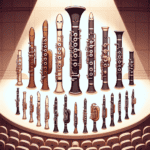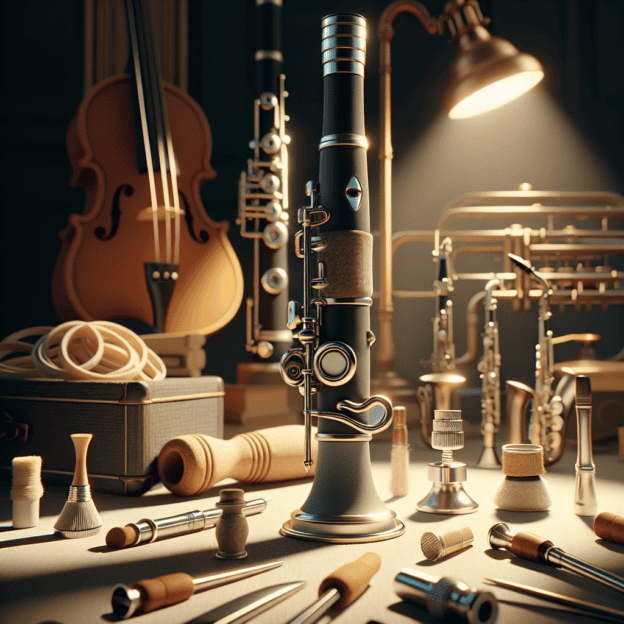Clarinet Ligature Placement: Unlocking Your Instrument's Potential
Have you ever wondered how the placement of a clarinet ligature could affect your sound? This seemingly small piece of equipment can indeed play a big role! Let's explore how you can get the most out of your clarinet by understanding ligature placement.
When setting up your clarinet, the ligature is a key component you shouldn't ignore. It secures the reed to your mouthpiece, and its position influences how the reed vibrates. This, in turn, can significantly change your sound and how it feels to play. So, where should we start?
The Impact of Ligature Position
Moving the ligature slightly up or down can noticeably change your tone. If it's too close to the reed's base, it might restrict vibration and create a muffled sound. On the other hand, placing it too near the tip could result in an excessively sharp or thin tone. Finding the right spot is key. Don't hesitate to try different positions!
| Ligature Position | Effect on Sound |
|---|---|
| Too close to reed base | Dampened vibration, stuffier sound |
| Too close to reed tip | Overly sharp or thin tone |
| Balanced position | Optimal vibration, balanced tone |
Exploring Ligature Materials
Ligatures come in various materials such as metal, leather, and fabric. Each type has unique characteristics. For example, a leather ligature often produces a warmer, fuller tone, while a metal one might create a brighter, more direct sound. Choosing the right material is part of the fun—pick what matches your playing style and musical preferences.
Getting the Right Fit
How tightly you secure your ligature matters too. If it's too tight, you might lose clarity in your sound. If it's too loose, the reed could slip—not ideal during a performance! Strive for a snug fit that allows the reed to vibrate freely.
Fine-tuning Your Setup
When adjusting your ligature, make small changes. Play a few notes after each adjustment. Does your sound seem more focused, or has it become airy? Trust what you hear and what feels right. Each player's ideal setup may differ slightly, and that's one of the beautiful aspects of music—it's personal.
Remember: There's no one-size-fits-all solution. Your perfect ligature placement depends on your individual playing style, reed choice, and the sound you're aiming for.
The Importance of Quality
Let's appreciate the skill that goes into making high-quality brands like Martin Freres. Their commitment to excellence contributes to a superior musical experience. Just as every note you play is important, each part of your setup plays a role in your overall sound.
Conclusion
Whether you're new to the clarinet or have been playing for years, taking time to understand how ligature placement affects your sound can be incredibly rewarding. So, keep experimenting—you might discover that perfect setup you never knew existed!







